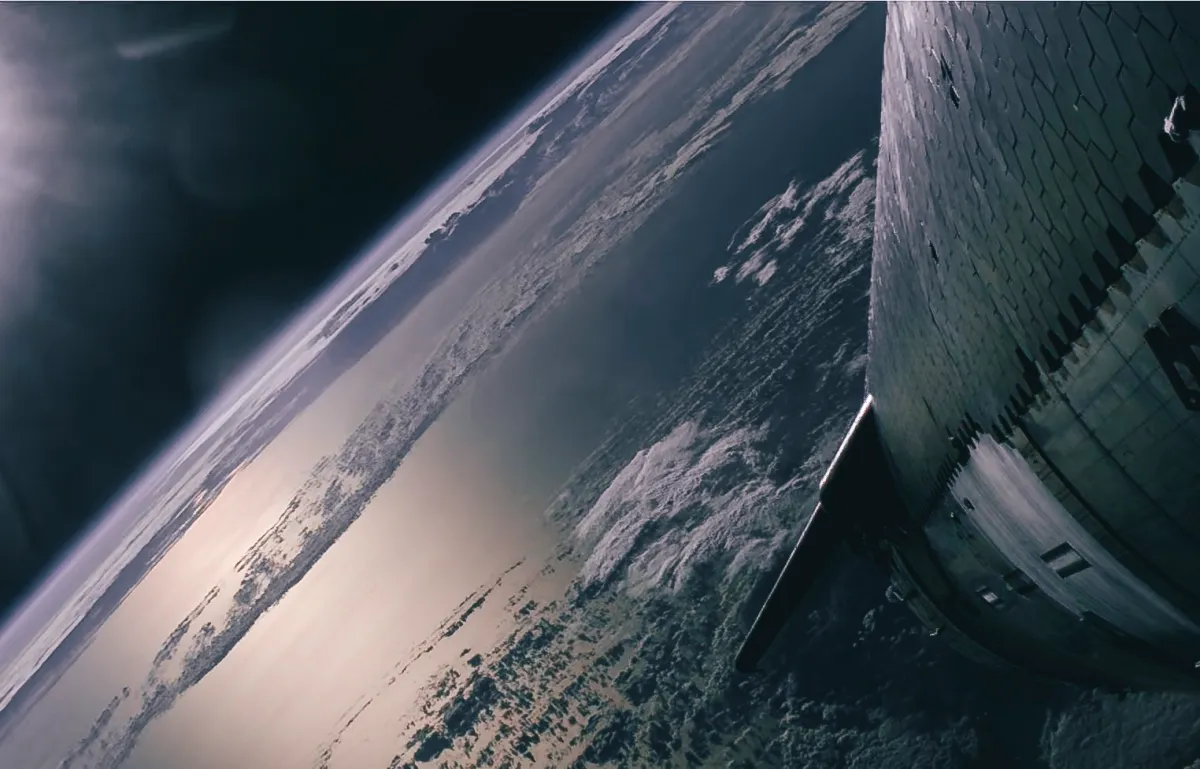NASA has affirmed SpaceX’s advancement in the in-space refueling of Starship, indicating a potential demonstration as early as next year.
In a pivotal development towards the goal of returning humans to the lunar surface, NASA has affirmed SpaceX’s advancement in the in-space refueling of Starship, indicating a potential demonstration as early as next year. Amit Kshatriya, NASA’s deputy associate administrator for the Moon to Mars Program, announced during a session with the NASA Advisory Council’s Human Exploration and Operations Committee on April 26.
The significant stride was marked by SpaceX during the latest Starship test flight on March 14, where they executed an in-flight propellant transfer demonstration. This demonstration, conducted under a NASA Tipping Point contract awarded in 2020, aimed to transfer at least 10 metric tons of liquid oxygen from a header tank to the main tank within the Starship upper stage while in space.
Although immediate updates following the flight were scarce, Kshatriya revealed during the advisory committee meeting that the test seemed to have proceeded successfully. “On Flight 3, they did an intertank transfer of cryogens, which was successful by all accounts,” he affirmed, noting that analysis of the test is still underway.
The next pivotal milestone in SpaceX’s agenda is slated for 2025, where two Starships are set to dock in orbit, with one facilitating the transfer of propellants to the other. Plans for this demonstration have cleared a flight system review, as disclosed by Kshatriya during the meeting. The mission entails a “target” Starship launching first and entering orbit, followed by a “chaser” Starship three to four weeks later. After docking, propellants will be transferred from the chaser to the target, following which the two spacecraft will undock and deorbit.
SpaceX, however, faces challenges ahead of this ambitious test, particularly in comprehending the dynamics of propellant movement within the tanks during Starship maneuvers and determining the necessary “settling thrust” post-docking to ensure propellant flows smoothly between the vessels.
Propellant transfer technology holds pivotal importance for SpaceX’s ambitions beyond low Earth orbit, notably for missions involving the Human Landing System (HLS) version of Starship. This HLS Starship is earmarked for landing astronauts on the moon, commencing with the Artemis 3 mission, scheduled tentatively for September 2026. Multiple Starship launches are envisaged to transfer propellant into a depot in low Earth orbit, subsequently fueling the HLS Starship for lunar missions.
However, the exact number of refueling launches required has been a topic of contention, with estimates ranging widely. Kshatriya refrained from specifying the number of launches, emphasizing the need for further understanding of the refueling process.
Elon Musk, CEO of SpaceX, reiterated the company’s objectives on social media, underscoring the significance of achieving full and rapid reusability of the booster and ship, along with orbital refilling of the ship. These, he emphasized, are fundamental technologies crucial for realizing the vision of making life multiplanetary.
As SpaceX and NASA collaborate to push the boundaries of space exploration, the successful demonstration of in-space refueling of Starship stands as a testament to the strides being made towards ambitious lunar missions and, ultimately, the broader goal of interplanetary travel.
